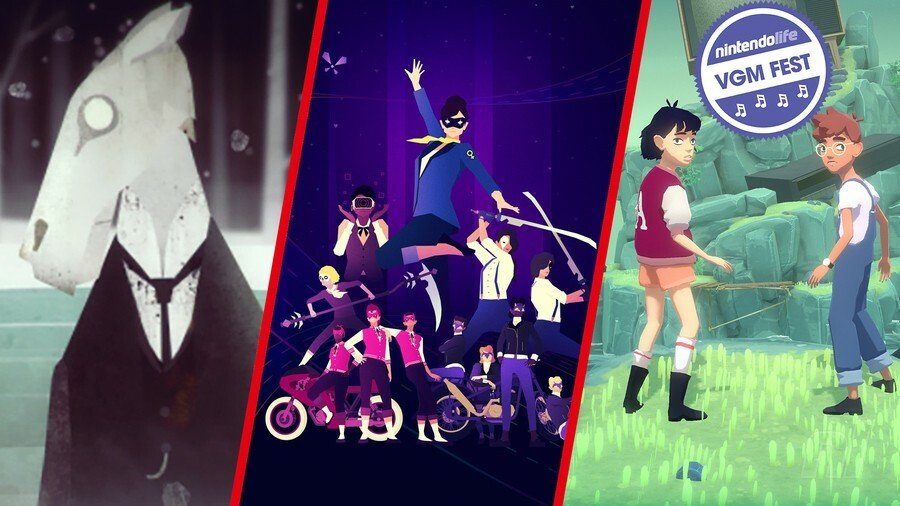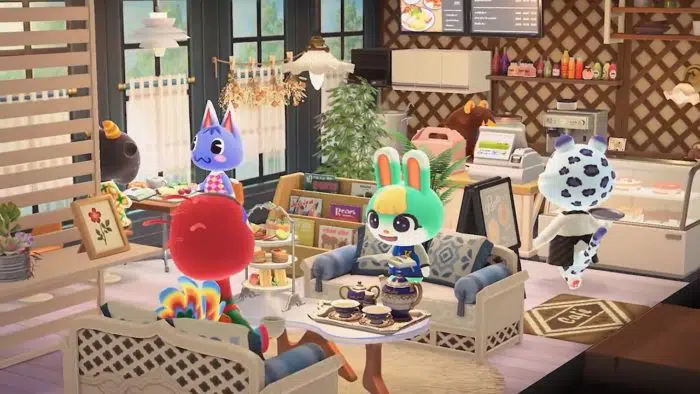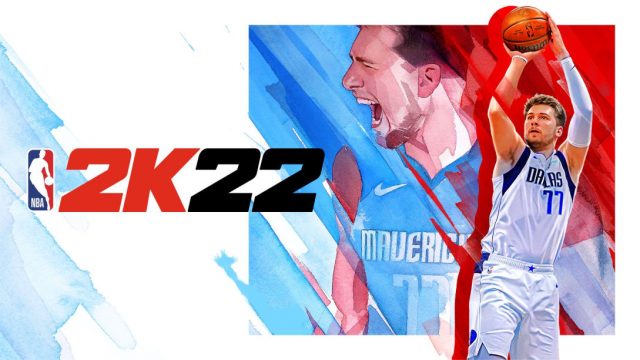
It seems as if video game music continues to grow and reach new heights with each passing year. Incredible soundtracks are no longer limited to big budget titles and the work of long-established names, as the Indie space and the growth of tools and knowledge has introduced a fresh generation of composers. One example is Daniel Olsén, who was part of a talented team that made waves with Simogo's 2019 'Pop Album Video Game', Sayonara Wild Hearts.
In some respects that game, and its creative process, were rather unique. Olsén's journey to that project is also interesting, as his career in the video game industry began as an artist and animator; the transition to music, bringing a hobby forward to become an occupation, took place over a number of years. He worked on Year Walk, a fascinating game some may remember from the Wii U, and Olsén also delivered fantastic music and audio design more recently in The Gardens Between.
We spoke with him about his career to date, and the unique experiences in working on the soundtrack for Sayonara Wild Hearts.
Nintendo Life: First of all, can you talk a little about your early days in game development, and your initial transition into audio design and music?
Daniel Olsén: I actually started out as a 2D/3D artist and animator, and had been doing it for a few years in different companies. Music was just something I did at home—I was also part of a band at the time.
Eventually, the company I was working at needed music and I just asked if I could do it. From then, I gradually moved more and more towards making only music.
Among your earliest game projects in audio design, is there a game that felt like a major breakthrough for your career and skill set?
Because we are Swedish, the culture, stories, and feeling of Swedish melancholia is ingrained in us.
One in particular would be ilomilo by Southend Interactive. That was the first time I worked on only audio in a game, so I had a lot more dedicated time to work on it instead of it just being a side project. It was definitely a growth experience for me.
How did you come to be involved in Year Walk, your first project with Simogo, and what were the most important parts of that experience?
At the time, I was working at a tech company and missed working in games. One day, my former Southend Interactive colleague Simon Flesser contacted me, and asked if I wanted to write music for a new Simogo title. So thanks to Year Walk I started working in game music again and it also began my collaboration with Simogo.
Is there an added sense of responsibility when a game like Year Walk focuses on traditional folk tales, with the cultural relevance that brings?
Because we are Swedish, the culture, stories, and feeling of Swedish melancholia is ingrained in us. I remember thinking back to melodies I heard when growing up out in the country. So you just know when it feels right. In the end, we didn’t have to try hard to maintain the “folkiness”. Instead, we could focus on telling a story and maybe ‘stretch’ what could be accepted as traditional.
A number of our readers may have also heard your work in The Gardens Between; can you talk a little about the highlights of that project, from your perspective?
I really enjoyed working on that game, and with that team. It was a new experience to come into a project at such a late stage—music was already there and work on sound effects had begun. It’s hard to be confident when you pick up where someone left off so at first, I was more cautious than I would be otherwise. Then, the team told me The Gardens Between was inspired by Year Walk, and they were happy to have me there which gave me more confidence to just work the way I usually do.
It was a very satisfying project to work on, from a development perspective. Because of the linear stage design, the sound effects were designed in a linear manner as well—similar to Sayonara Wild Hearts in some ways. Instead of things happening at random, everything was planned out so that most sounds could be designed for one specific moment. From an audio perspective, it was more in the style of a movie or cutscene rather than a game.
Some of your most recent work was with Simogo, once again, in audio design and the soundtrack for Sayonara Wild Hearts; can you talk a little about the collaborative process of producing a 'pop album video game', and how those processes perhaps differed from your previous work?
It was definitely more of a challenge since the music was a major focus of the game, center stage. Because of that, there was this feeling of having to make the music more accessible and not too abstract.
Process-wise, I had never worked in a collaboration like that before: first receiving a song, with guitar and vocals, from Jonathan Eng, and then turning it into an electronic piece with Linnea Olsson redoing the vocals. It was completely new for me but overall the songs felt “bigger” than anything I would do on my own. I think everyone on the team grew immensely during this project.
Process-wise, I had never worked in a collaboration like that before… I think everyone on the team grew immensely during this project.
We find it interesting that when you first play stages they are in conventional segmented levels, with the option to play the experience as an 'album' being unlockable. Was it tempting to have the 'Album' playthrough available right from the start? Does the album approach change the feel of a playthrough, in your opinion?
This was definitely a hard decision; all the way to the end of the project, we were going back and forth on whether we should start with only album mode and unlock the singles or vice versa. Personally, album
mode gives me more of a nostalgic feeling. When I was young, I would always lay down with headphones, look at the artwork or close my eyes, and listen through a whole album when I just bought it. That sense of experiencing the whole thing at once is special—artists usually take time to pick the right order of songs so that you have a sense of story, flow, and progression. In the end though, it felt right to go with singles first because it would ease the player into the game instead of having a one-hour challenge right away.
The soundtrack of Sayonara Wild Hearts, combined of course with the game itself, earned a lot of attention. What was the biggest opportunity or highlight for you in working on the game?
My favorite thing was going out and performing the music; I did two DJ sets which I really enjoyed. But the highlight was the release party in Malmö. Linnea and I did a set together while Simon was playing through the game on the projector behind us. It just felt extremely good and memorable.
As you focus on your next projects, what are your broad creative objectives as your career progresses?
The most important thing is that I want to enjoy the projects I’m working on. It may seem obvious, but if it’s not fun or sparking my creative side, I might as well work on something else. Second, I want to keep growing as a composer. There is so much to learn, and there are so many areas I still feel like a total beginner.
With the role and importance of music and audio design in games continuing to grow, what do you hope to see in this area over the next few years?
Game composers are in many cases undervalued in the industry, in my opinion. I know many successful composers that are not getting the pay they deserve and struggle to make a living. I also hope we can see more studios bring in composers to work on games from the start, and be a part of the whole project overall.
We'd like to thank Daniel Olsén for his time. Be sure check out the other Nintendo Life VGM Fest articles in our season of music-focused interviews and features.

